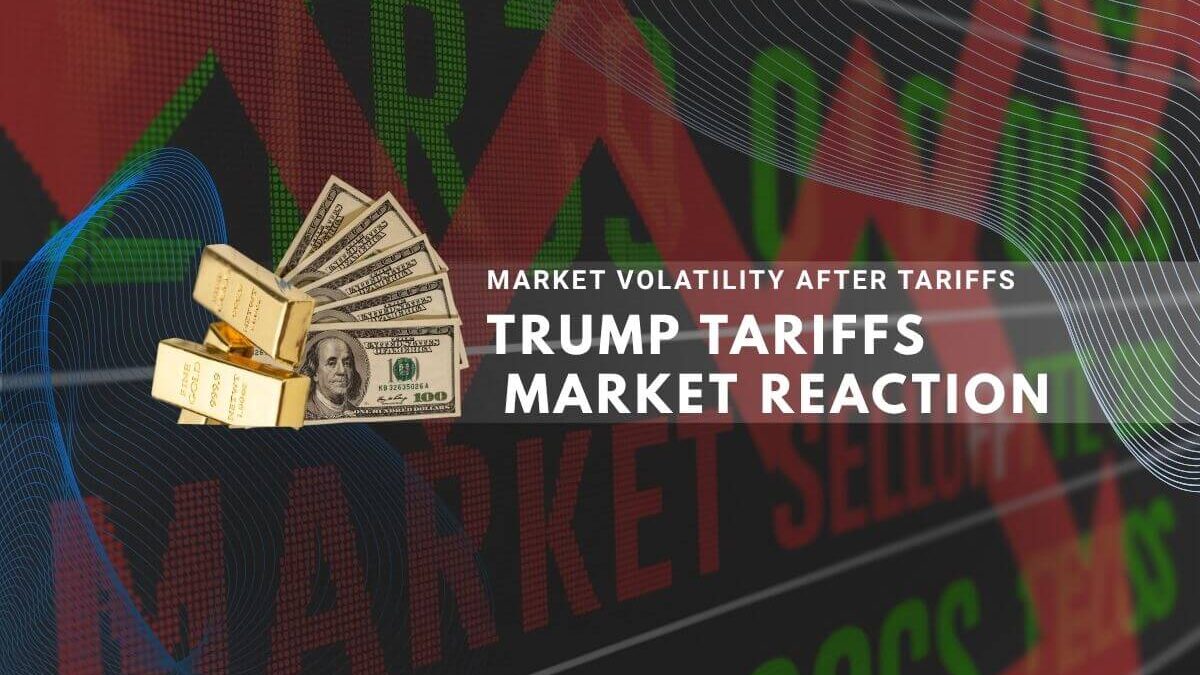President Donald Trump announced plans to impose 100 percent tariffs on Chinese imports on October 10, 2025, triggering a sharp selloff across U.S. financial markets. The S&P 500 fell 2.7 percent, the Dow Jones Industrial Average dropped 878 points, and the Nasdaq declined 3.6 percent, erasing approximately two trillion dollars in market value. In a departure from historical patterns, the U.S. dollar weakened nearly 0.7 percent while gold prices surged more than 1.5 percent, signaling that investors view the tariffs as more damaging to the United States than to China.[1][2]
Stock Market Declines and Dollar Weakness
Financial markets reacted negatively to the tariff escalation on October 10, with the S&P 500 recording its worst single-day decline since April 2025. The Dow Jones fell approximately 1.9 percent while the Nasdaq dropped 3.6 percent in a broad selloff that affected technology, manufacturing, and consumer goods sectors.[3][4]
The U.S. dollar index fell nearly 0.7 percent following the announcement, with additional declines of 0.5 to 0.6 percent in subsequent trading sessions. This marks a significant deviation from typical market behavior, where the dollar usually strengthens during periods of uncertainty as investors seek safe-haven assets.[5]
Investor Sentiment Shifts
Robin Brooks, a senior fellow at the Brookings Institution, noted that market reactions indicate the tariffs may backfire on the U.S. economy rather than achieving their intended goals. Brooks emphasized that unlike previous selloffs where the dollar strengthened, the current pattern shows gold outperforming the dollar, suggesting concerns about U.S. economic stability.[6]
Analysts from multiple financial institutions have expressed concern that the 100 percent tariff rate could disrupt supply chains, increase consumer prices, and slow economic growth in the United States. The tariff announcement has also raised uncertainty about the direction of Federal Reserve monetary policy.[7]
Gold Prices Surge as Safe Haven
Gold prices increased more than 1.5 percent on October 10, with continued gains in the following trading sessions. The precious metal has historically served as a hedge against economic uncertainty and currency devaluation.[8]
Traders and investors have increasingly favored gold over the dollar, marking a notable shift in safe-haven preferences. This pattern suggests that market participants are concerned about the long-term health of the U.S. dollar and potential inflationary pressures from tariff-driven price increases.[9]
Currency Market Dynamics
Currency analysts have observed that the dollar’s weakness reflects broader concerns about U.S. trade policy and its economic consequences. The simultaneous rise in gold prices and decline in the dollar index represents a rare market dynamic that typically occurs only during periods of significant economic uncertainty.[10]
Several investment banks have revised their dollar forecasts downward, citing increased risks from trade policy uncertainty and potential retaliatory measures from China and other trading partners.[11]
China Trade Tensions Escalate
The tariff announcement follows months of escalating trade tensions between the United States and China. Prior to October 10, U.S. and Chinese officials had engaged in preliminary discussions about reducing trade barriers, but those talks stalled over disagreements on intellectual property protections and market access.[12]
China has responded to U.S. trade measures with its own restrictions, including new export licensing requirements for rare earth elements that took effect on October 1, 2025. China controls more than 90 percent of global rare earth production, which is critical for manufacturing semiconductors, electric vehicles, and renewable energy technologies.[13]
Port Fees and Reciprocal Actions
The United States implemented new port fees on Chinese shipping vessels in early October 2025, prompting China to announce reciprocal measures on U.S. cargo ships. These tit-for-tat actions have increased shipping costs and created uncertainty for companies that rely on transpacific trade.[14]
Industry groups representing manufacturers, retailers, and agricultural exporters have urged both governments to resume negotiations and avoid further escalation. Several organizations have warned that prolonged trade conflicts could lead to job losses and reduced economic growth in both countries.[15]
